A victim of plummeting ratings, a fast-greying fan base and charges that its concept has grown stale, "Wetten, dass..?" ("Wanna Bet?") will screen for the last time in December after 33 years.
Such is the dated cult status of the silly-challenge show, once Europe's most successful programme, that Sunday newspapers gave front-page treatment to the public broadcaster ZDF's decision to pull the plug on it.
The show's concept is of ordinary people performing often bizarre tricks and stunts, while celebrity guests sponsor them and have to perform mildly humiliating acts if they lose.
Since the 1980s, the show has featured a dog able to identify 77 toys named by its owner and a dairy farmer who could tell his cows apart by the different sounds they made when chewing apples.

One candidate changed a car tyre while driving, and the Berlin police motorcycle squad broke a world record by forming a moving pyramid with 84 officers travelling on nine bikes over 100 metres (328 feet).
In its heyday, the show kept German-speaking audiences glued to their sofas on Saturday nights, with viewers peaking at over 23 million in the mid-80s.
The mass appeal and guaranteed ratings drew countless stars hoping to plug their latest album or movie, from Michael Jackson and Justin Bieber to Tom Cruise and Leonardo DiCaprio.
Plummeting ratings
But changing audience tastes and the rise of cheaper-to-produce reality shows saw audience figures drop to an all-time low of 5.85 million in February.
Programme makers decided it was no longer worth the cost of at least €2 million per show, brought on by changing locations, sometimes as far away as the Spanish resort island of Mallorca.

Criticism has hailed down on the host Markus Lanz, for failing to replicate the small-screen magic of his predecessors, curly-haired Thomas Gottschalk and the show's founder, Frank Elstner.
Some stars on the show, which can run over three hours, were left scratching their heads, if not downright irritated, by the uniquely German take on family entertainment.
The actor Tom Hanks, who was made to wear a hat with cat ears when he went on the show, later said that "in the United States if you are on a TV show that goes for four hours, everybody responsible for that show is fired the next day".
On social media, reaction to the programme's demise was a mix of nostalgic farewells and "Schadenfreude", the gleeful pleasure at another's misfortune.
"Rest in peace," one tweet from a competing private TV station read, while one viewer wrote that "finally the badly wounded deer is being put out of its misery".
Twitter user @DearDelight commented that "I'll hardly miss it, but the memories of those '80s family TV evenings make me nostalgic", while @ramtoka scoffed: "Wanna bet that I won't miss this show?"
Tragic accident


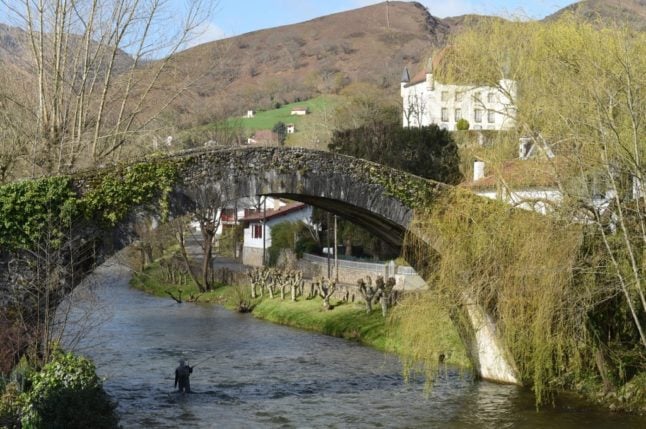
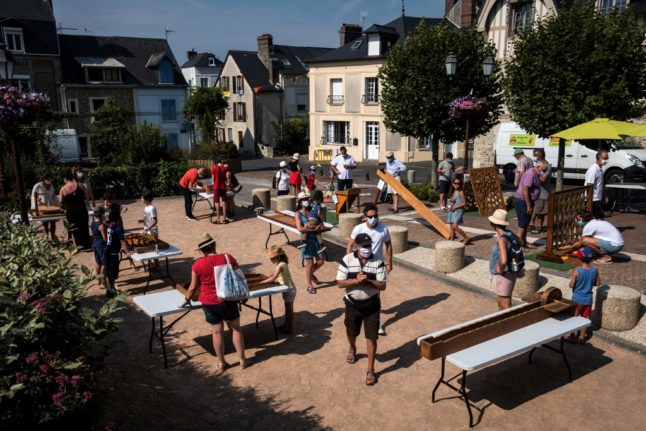
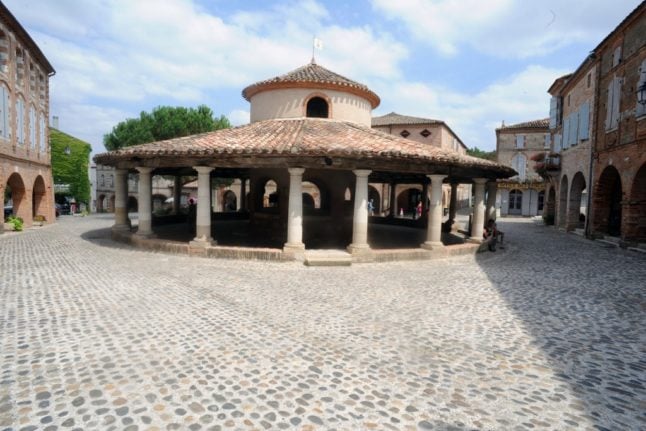
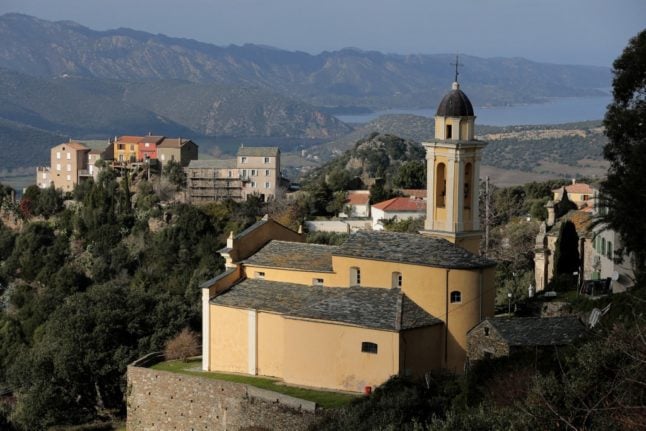
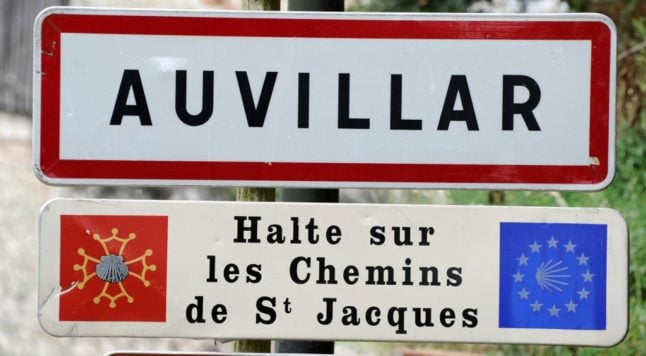
 Please whitelist us to continue reading.
Please whitelist us to continue reading.
Member comments